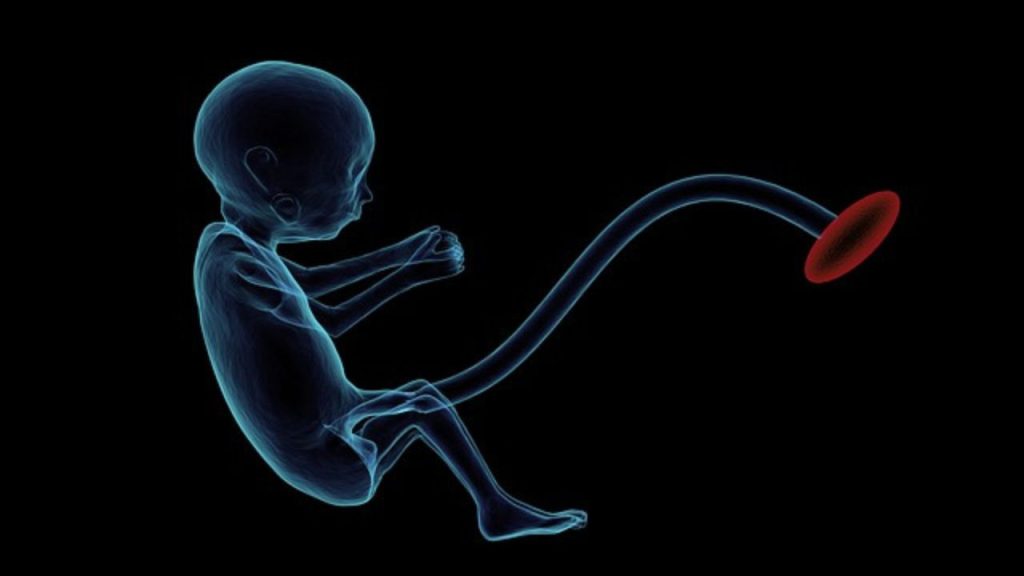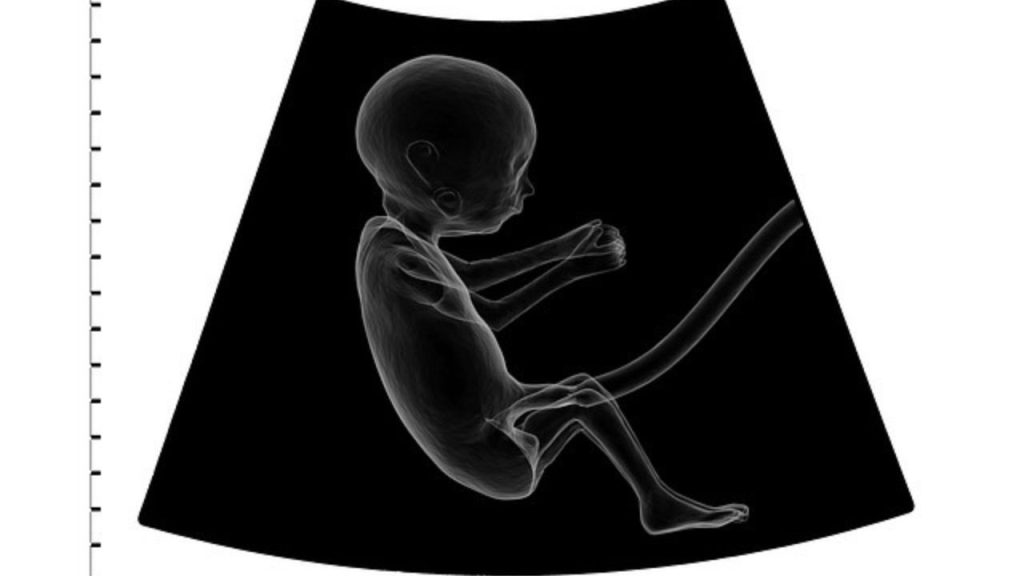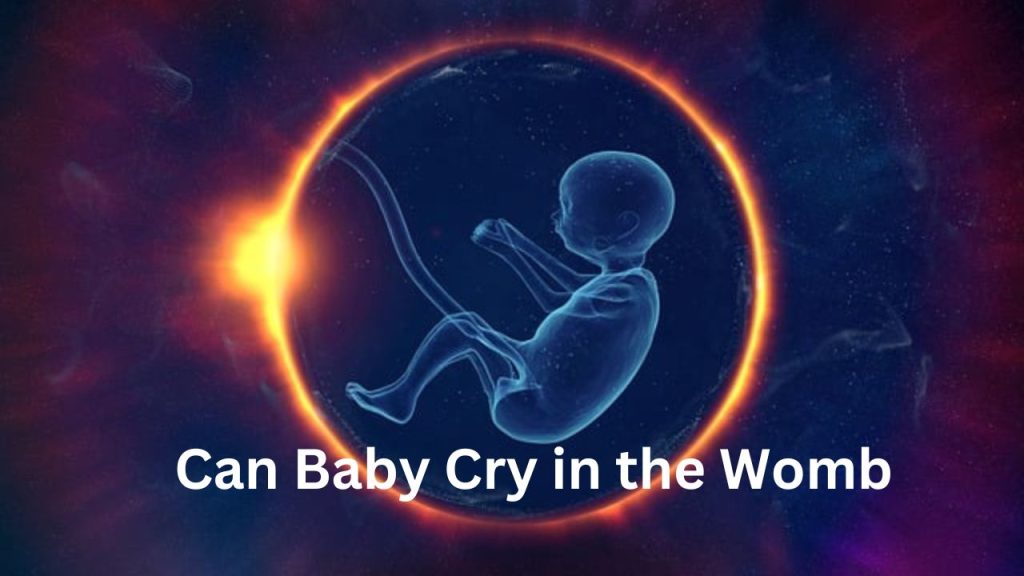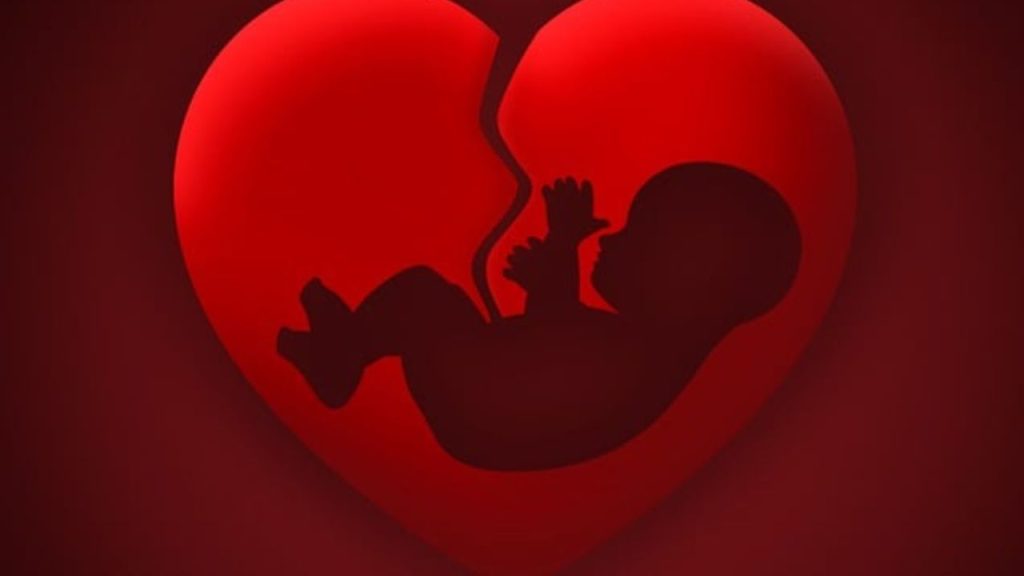Can baby cry in the womb? Discover 7 fascinating facts about fetal crying, what it means, when it starts, and how it helps in a baby’s development.
Can Babies Cry in the Womb?
The idea of the baby crying inside the womb is pretty unusual, but an interesting and wonderful reflection on one of the developments of a fetus even before birth. There is crying in its broad physical, emotional, and behavioral significance. While a baby may not shed its tears nor produce audible cries inside the womb, research has shown that it does exhibit behaviors that border on crying during the later stages of pregnancy.
Let’s understand what this phenomenon essentially means and the science behind it, and how it actually impacts fetal development.
What Does It Mean to Cry in the Womb?
Crying, in the pure sense of the word, involves tears, vocal sounds, and emotional distress. However, for babies in the womb, crying is a somewhat different action from what an infant cries after his birth. Instead, it is a reflex that simulates crying but lacks both the noise and emotional basis.
The fetus in the womb can exhibit a myriad of movements such as facial expressions, movements, and even rhythmic patterns of breathing similar to that of crying. All these actions form part of the fetus’s development in preparation for living life outside the womb.
Studies indicate that even fetuses can start out by crying at **28 weeks of gestation**. At this point, the nervous system and brain have reached a stage where they can start mimicking these reflexive actions.
A landmark study in 2005, published in *Archives of Disease in Childhood*, discovered that fetuses exhibit a symphonic reaction to stimuli that in some ways imitates crying. Researchers did this using **ultrasound imaging** combined with sound and vibration to stimulate the fetus. The study documented that fetuses reacted to stimuli by:
1. Opening their mouths.
2. Depressing their tongues.
3. Taking irregular breaths.
These responses mirror the actions of crying, although the sound cannot travel in the amniotic fluid.
How Do Researchers Observe Fetal Crying?

Ultrasound and Fetal Crying
Modern **4D ultrasounds** have revolutionized the way we observe fetal behavior. Unlike traditional 2D scans, 4D ultrasounds capture real-time movements, allowing researchers and doctors to observe facial expressions, limb movements, and breathing patterns in incredible detail.
At these times of scanning, fetuses have even been observed to display behaviors such as: Scrunching up their faces. Moving their mouths in a crying-like pattern. Taking short, irregular breaths.
One exposed the fetus to **external stimuli** such as sound or vibration. When tested, some fetuses responded with apparent distress-like behavior: they frowned or withdrew from the stimulus. Similar responses have been described in newborns who cry when uncomfortable or startled.
Intriguingly, not all fetuses responded in the same way. Clearly, there are differences in the way different fetuses react to external environments.
Why Do Fetuses Cry?

Festal crying in the womb serves many important developmental purposes:
1. Neurological Development
Crying behavior by a fetus signifies that its **central nervous system** has matured. Crying involves coordination of facial muscles, respiratory control, and brain activity-the very factors that are crucial for survival after birth.
2. Preparation for Life Outside the Womb
Crying after birth is a critical reflex for newborns. It signals that their lungs are functioning properly and helps them transition from relying on the placenta for oxygen to breathing on their own. Practicing crying behaviors in the womb ensures that these systems are ready for birth.
3. Communication Development
Although fetal crying does not relate to pain or distress, it is an initial step of communication development. After birth, crying becomes the main method through which the baby conveys its needs, such as hunger, discomfort, or when she feels tired.
Do Babies Feel Pain in the Womb?
A frequent question raised in discussions about fetal crying is whether the fetus experiences pain. According to a 2020 review in *BMJ Journals*, fetuses may not perceive pain like adults or newborns do. Their nervous systems begin developing early, but the **perception of pain** likely does not happen until about **24–28 weeks of gestation**.
Although most actions such as crying occur internally and silently, mothers might not notice it directly. A mother was said to feel sudden jerks or even hiccups as they might coincide with the baby’s reflexive actions.
In addition, it is an important fact that fetuses have a tendency to react to their mothers’ moods. For instance, if the mother is stressed or anxious, the baby will show more active or irregular movements. Although it’s not crying in the same sense, it can be seen as the way how the fetus is much related to its environment. Read about can baby sleep on tummy.
Case Study: Observing Fetal Crying
One of the most well-documented studies on fetal crying behaviors was conducted by researchers using ultrasound imaging. Here’s a summary of their findings:
– Participants: The study observed 20 pregnant women between 28–36 weeks of gestation.
– Method: Researchers used sound and vibration to gently stimulate the fetus.
– Results:
– Out of the 20 fetuses, 12 ones showed crying-like behaviors such as facial grimacing, irregular breathing patterns, and mouth opening.
– The rest, about 8 of them had low reactions, perhaps because of individual developmental differences.
This study therefore shows that crying is not only an after-birth reflex but a crucial developmental milestone while in the womb.
Does Fetal Crying Represent Distress?
While the behaviors observed may resemble crying, it’s important to note that they do not actually represent distress. The fetus is not crying out in distress or pain but practicing essential reflexes for survival.
Fetal crying-like behaviors are more preparatory than emotional. These movements assist the baby in preparing themselves for life outside the womb, where crying will be the most common means of expression.
What about After Birth?
As soon as a newborn is born, crying assumes a whole new meaning:
1. **A Signal for Needs**: Hunger, discomfort, or fatigue.
2. **A Lung Exercise**: Crying helps expand the lungs and improve breathing.
3. **An Emotional Expression**: Babies cry to express feelings of fear or frustration.
One of the most dramatic events of human developmental milestones is the shift from womb silent crying to the audible one after birth.
Conclusion:
The idea of a baby crying in the womb might sound strange, but it’s a normal and critical part of fetal development. Though it isn’t the emotional crying we associate with newborns, these reflexive behaviors are a testament to the proper development of the baby’s brain, nervous system, and respiratory system.
Thanks to improvements in ultrasound technology and research, we have developed an understanding of the incredible things babies could do even before birth. One of them is crying in the womb as some sort of way life prepares for the outside world.
If you’re an expectant parent, rest assured that these behaviors are a positive sign of your baby’s growth and readiness for life beyond the womb!





